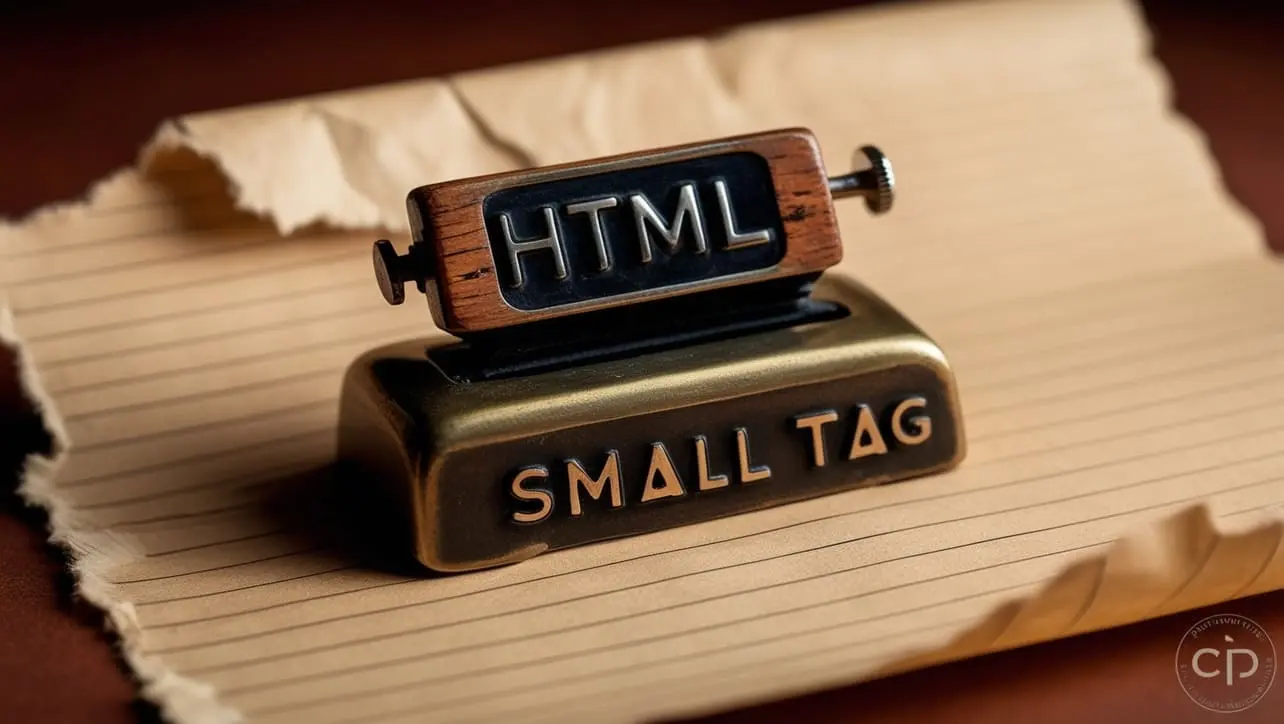
HTML Topics
- HTML Intro
- HTML Basic
- HTML Editors
- HTML CSS
- HTML Tags
- <!--...-->
- <!DOCTYPE>
- <a>
- <abbr>
- <address>
- <area>
- <article>
- <aside>
- <audio>
- <b>
- <base>
- <bdi>
- <bdo>
- <bgsound>
- <blink>
- <blockquote>
- <body>
- <br>
- <button>
- <canvas>
- <caption>
- <cite>
- <code>
- <col>
- <colgroup>
- <data>
- <datalist>
- <dd>
- <del>
- <details>
- <dfn>
- <dialog>
- <div>
- <dl>
- <dt>
- <em>
- <embed>
- <fieldset>
- <figcaption>
- <figure>
- <footer>
- <form>
- <h1> to <h6>
- <head>
- <header>
- <hgroup>
- <hr>
- <html>
- <i>
- <iframe>
- <img>
- <input>
- <ins>
- <kbd>
- <label>
- <legend>
- <li>
- <link>
- <main>
- <map>
- <mark>
- <menu>
- <meta>
- <meter>
- <nav>
- <noscript>
- <object>
- <ol>
- <optgroup>
- <option>
- <output>
- <p>
- <param>
- <picture>
- <pre>
- <progress>
- <q>
- <rp>
- <rt>
- <ruby>
- <s>
- <samp>
- <script>
- <search>
- <section>
- <select>
- <small>
- <source>
- <span>
- <strong>
- <style>
- <sub>
- <summary>
- <sup>
- <svg>
- <table>
- <tbody>
- <td>
- <template>
- <textarea>
- <tfoot>
- <th>
- <thead>
- <time>
- <title>
- <tr>
- <track>
- <u>
- <ul>
- <var>
- <video>
- <wbr>
- HTML Deprecated Tags
- HTML Events
- HTML Event Attributes
- HTML Global Attributes
- HTML Attributes
- HTML Comments
- HTML Entity
- HTML Head
- HTML Form
- HTML IndexedDB
- HTML Drag & Drop
- HTML Geolocation
- HTML Canvas
- HTML Status Code
- HTML Language Code
- HTML Country Code
- HTML Charset
- MIME Types
HTML small Tag

Photo Credit to CodeToFun
🙋 Introduction
The <small> tag in HTML is a versatile element used to reduce the size of text and indicate a shift to smaller typography.
This guide will provide you with a comprehensive understanding of the HTML <small> tag and how to use it effectively.
🤔 What is <small> Tag?
The <small> tag is an inline HTML element designed to make the enclosed text appear smaller than the surrounding text. It's commonly used for disclaimers, fine print, or any content that should be presented in a smaller font size.
💡 Syntax
To implement the <small> tag, wrap the text or content you want to reduce in size within the opening <small> and closing </small> tags.
<small>Your Small Text Here</small>🧰 Attributes
The <small> tag doesn't have specific attributes. However, you can use standard global attributes like class and style for styling and customization.
<small class="highlight" style="color: #666;">Custom Styled Small Text</small>📚 Common Use Cases
Fine Print and Disclaimers:
The
<small>tag is often employed to display fine print or legal disclaimers at the bottom of a page.fine-print-and-disclaimers.htmlCopied<small> © 2024 Your Company. All rights reserved. This is a disclaimer text for informational purposes. </small>Footnotes and Annotations:
In academic or article-based content, the
<small>tag can be utilized for footnotes or annotations.footnotes.htmlCopied<p> In his groundbreaking research<sup><small>[1]</small></sup>, the scientist made significant discoveries. </p>
🖥️ Browser Support
Understanding the compatibility of the <small> tag across different browsers is essential for delivering a consistent user experience. Here's an overview of its support:
- Google Chrome: Fully supported.
- Mozilla Firefox: Fully supported.
- Microsoft Edge: Fully supported.
- Safari: Fully supported.
- Opera: Fully supported.
- Internet Explorer: Partial support (some versions may have limitations).
Ensure you test your code in various browsers to guarantee a seamless experience for your audience.
🏆 Best Practices
- Use the
<small>tag sparingly and where it genuinely enhances content presentation. - Ensure that the reduced text is still readable and doesn't compromise accessibility.
- Combine with CSS for more intricate styling if needed.
🎉 Conclusion
Mastering the <small> tag empowers you to manipulate text size for specific content, improving the overall readability and aesthetics of your web pages. Use it judiciously to enhance the user experience without sacrificing accessibility.
👨💻 Join our Community:
Author

For over eight years, I worked as a full-stack web developer. Now, I have chosen my profession as a full-time blogger at codetofun.com.
Buy me a coffee to make codetofun.com free for everyone.
Buy me a Coffee












If you have any doubts regarding this article (HTML small Tag), please comment here. I will help you immediately.